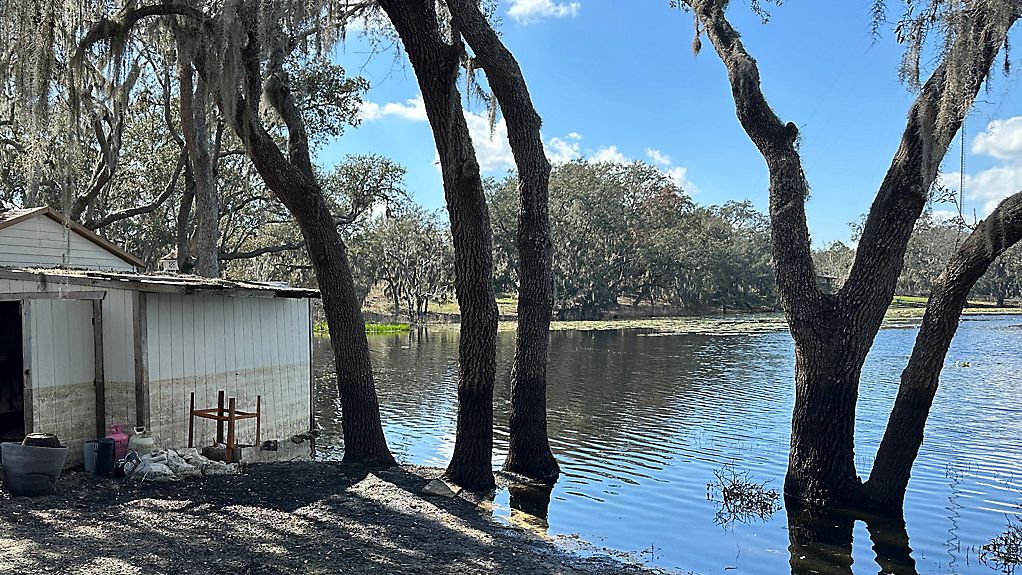ORLANDO, Fla. — One of the hidden dangers at Florida’s beaches is rip currents.
What You Need To Know
- On average, rip currents kill about 100 nationally and 19 in Florida each year
- Rip currents are narrow channels of swift moving water and can exceed 6 mph
- If you are caught in one, swim parallel to shore, not toward it, until you are out
Every year approximately 100 people are killed by rip currents in the United States. On average, 19 people are killed every year in Florida.
Rip currents are narrow channels of swift moving water. The speed of the water can exceed 6 mph, which is faster than an Olympic swimmer, and the length of rip currents may be just as long as a football field offshore.
Rip currents can form at any time, and they typically develop when the weather is calm. They are generally the strongest at low tide.
You can usually spot them where waves are not breaking or where there is foam or seaweed being pulled offshore.
If you get caught in a rip current, always swim parallel to the shore to get out of it. If you can’t escape the current, you should float or tread through it until the current stops. If you’re unable to reach the shore wave your hands and yell for help.
It is always best to swim at beaches where there are lifeguards. The chances of drowning at a beach with lifeguards are 1 in 18 million.
- TRACK THE TROPICS: Watches, warnings, forecasts, satellite loops, spaghetti models
- 7-DAY FORECAST: Rain chances, county-by-county temperatures
- NEIGHBORHOOD RADARS: County-by-county radar images
- THEME PARK INCLEMENT WEATHER POLICIES: Major Florida theme parks' hurricane or inclement weather policies in case of cancellations, closures









